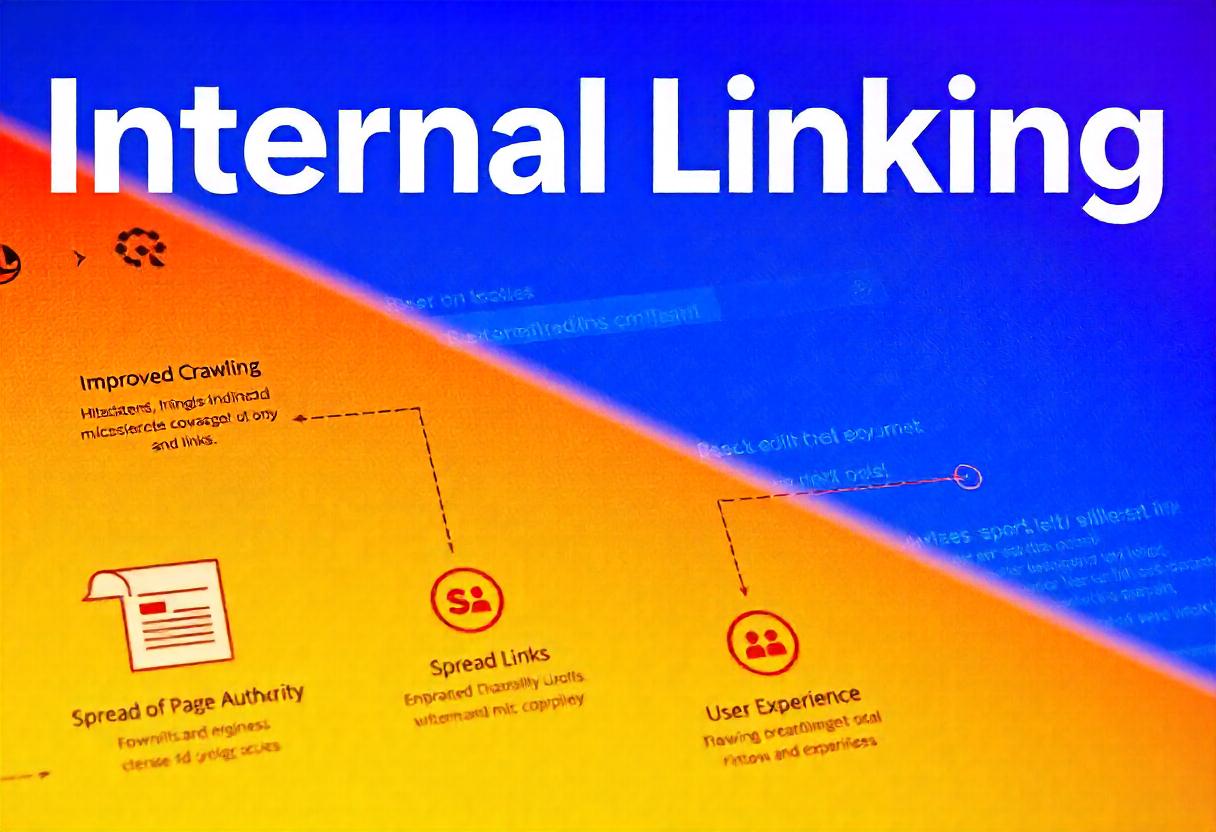The Importance of Internal Linking for SEO
Among the various techniques in search engine optimization (SEO), one of the most critical yet often underrated is internal linking. This technique not only informs search engines about your website’s structure but also enhances the user experience. In this article, we’ll explore why internal linking is important for both your SEO efforts and your audience.
What is Internal Linking?
Internal linking refers to the practice of hyperlinking to other pages or posts within the same website. Unlike external links that lead users to different domains, internal links keep visitors engaged on your site and promote interaction with your own content. They can appear in the text, navigation menus, or footers, making them versatile tools for improving your site’s architecture.
Why Internal Linking Matters for SEO
- Improved Crawling
Search engine spiders rely on links to discover and crawl content on your website. Including internal links ensures that these spiders can properly index all your important pages, enhancing their chances of being ranked in search results. - Spread of Page Authority
External sites linking to your content pass authority, often referred to as “link juice.” Through internal linking, you can distribute that authority across your site. Linking from high-authority pages to lower-authority pages can boost the visibility and ranking potential of those pages. - Reinforced Relevance Signals
Search engines analyze the context of links to assess a page’s relevance to specific topics. By interlinking relevant content, you create a network of relevance that signals to search engines what your site is about, potentially improving rankings for targeted keywords. - Minimized Bounce Rate
Internal links encourage users to explore more content on your site. When visitors find relevant links within your articles, they are likely to click through, spending more time on your site. This increased engagement can lead to a lower bounce rate, a positive ranking factor for search engines. - Increased Time on Site
When visitors can easily navigate to related content without clicking the “back” button, they tend to stay longer. Longer visit times indicate to search engines that your pages contain quality, interesting content, which can significantly enhance your rankings.
How Internal Linking Enhances User Experience
- Contextual Navigation
Internal linking provides clear pathways for users to navigate your website content. By linking to relevant articles and products, you help visitors explore your content, enhancing their overall experience. - Relevance in Context
When an article links to another relevant post, it enriches the reader’s understanding of the topic. Internal links provide valuable context and information that make the reading experience more informative and fulfilling. - Easier Content Discovery
A well-designed internal linking strategy allows users to discover relevant content they may not have found otherwise. This increases the likelihood of return visits, a strong indicator of user loyalty. - Enhanced Accessibility
Internal links improve accessibility by ensuring that significant content can be reached with minimal clicks. Many visitors prefer straightforward navigation rather than relying solely on menus. - Clear Site Structure
Effective internal linking establishes a clear site hierarchy. This clarity benefits users and helps search engines accurately index and rank your site.
Best Practices for Internal Linking
- Use Descriptive Anchor Text: Ensure your anchor text clearly describes the content of the linked page. This practice enhances both SEO and user experience.
- Link to Relevant Content: Only link to pages that are contextually relevant to the topic at hand. This ensures that users find genuine value in the links.
- Avoid Clumping Links: Refrain from placing too many links in one piece of content. Instead, focus on a few quality links that feel organic within your text.
- Link Important Pages: Frequently link to your most important pages or cornerstone content to boost their authority.
- Maintain Your Links: Regularly check for broken links and update outdated content to ensure users access the most current information.
Conclusion
Internal linking for SEO is an invaluable technique that harmonizes search engine visibility with user experience. It guides users through your website while signaling to search engines where your most relevant content resides. By optimizing your internal links, you can improve your rankings, increase traffic, and create a more satisfying experience for your audience. Start enhancing your internal linking strategy today and watch your SEO efforts pay off!

